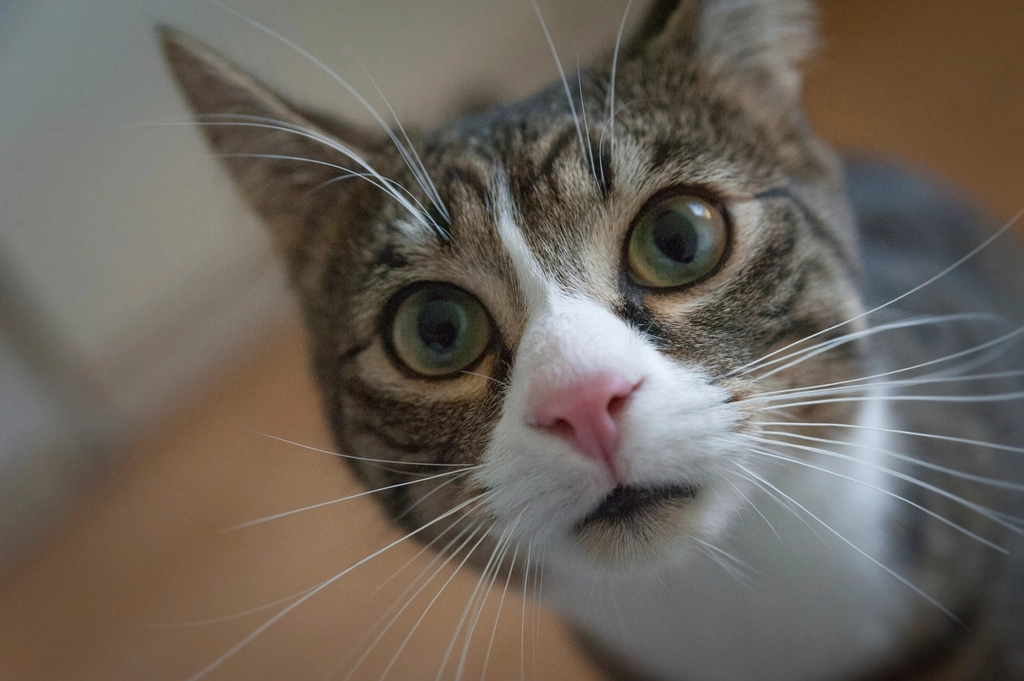Have you ever noticed how a cat will watch you from a distance, eyes wide and tail twitching, before finally making the first move to come closer? There’s something almost magical about the moment a cautious cat decides that you are worthy of its trust. For cat lovers, this gradual dance of trust is both heartwarming and unforgettable. It’s a reminder that, just like us, cats need time, respect, and understanding to truly open up. But what really happens when you let a cat come to you on its own terms? The answer might surprise you and even change the way you approach every feline friendship in your life.
The Importance of Patience in Building Feline Bonds
Patience isn’t just a virtue—it’s a necessity when it comes to earning a cat’s trust. Cats are naturally independent creatures, and their instincts often tell them to be cautious around new people or environments. If you try to rush the process, you might find your cat becoming more withdrawn or even hiding from you. Instead, giving a cat the space to observe you and your actions allows them to decide on their own terms whether you’re friend or foe. This patience can pay off in the long run, as a cat who feels unpressured is much more likely to form a genuine bond. Think of it like waiting for a flower to bloom: you can’t force it, but with the right conditions, it will open up beautifully. When you give your cat time, you’re showing respect for their boundaries, which is the first step toward trust.
Reading the Subtle Signals: How Cats Communicate Comfort
Cats may not speak our language, but they’re experts at sending signals—if you know what to look for. When a cat starts to trust you, its body language becomes more relaxed. You might notice slow blinks, soft purring, or even the gentle “head butt” that many cats use to show affection. On the other hand, a cat that isn’t ready will keep its ears back, body tense, or tail tucked. By giving your cat space, you allow them to communicate these signals without fear. It’s like learning a secret code; every flick of the tail or twitch of the whiskers tells you something about how your cat is feeling. When you pay attention to these subtle cues, you show your cat that you care about their comfort. Over time, these small interactions build a foundation of trust that can last a lifetime.
Transforming Fear into Curiosity

When you first bring a cat home or meet a shy feline, fear is often the biggest barrier to trust. Loud noises, unfamiliar scents, and sudden movements can all make a cat nervous. But when you give them plenty of space, something amazing happens: their fear slowly turns to curiosity. Instead of running away, they’ll start to creep closer, maybe sniffing at your shoes or watching you from across the room. This shift from fear to curiosity is a crucial milestone. It means your cat is starting to feel safe enough to explore, and every tiny step forward is a victory. Just like a child venturing onto a playground for the first time, a cat’s courage grows each time they realize nothing bad happens when they approach you. The transformation is subtle but incredibly rewarding to witness.
Deepening the Bond Through Mutual Respect
Respect is at the heart of every strong relationship, and this is especially true with cats. When you let a cat decide when and how to interact, you’re telling them that their feelings matter. This sense of respect doesn’t go unnoticed. Cats are remarkably perceptive, and they respond warmly to people who honor their boundaries. Over time, this mutual respect grows into a deep, unbreakable bond. It’s the difference between a cat who tolerates your presence and one who actively seeks out your company. The more you respect your cat’s individuality, the more they’ll trust you with their affection. This process can’t be rushed, but the results are always worth the wait.
Encouraging Playful Interactions
Once a cat starts to trust you, their playful side often begins to shine. You might notice them batting at a feather toy, chasing a string, or even inviting you to join in their games. Play is a powerful way for cats to express their happiness and comfort. It’s also a sign that they see you as a friend, not a threat. By allowing your cat to initiate play, you create a safe environment where they feel free to be themselves. These moments of shared joy strengthen your connection and provide endless entertainment for both of you. Play isn’t just fun—it’s an important part of your cat’s emotional health and a sign that trust is growing.
The Magic of the First Voluntary Cuddle
There’s nothing quite like the feeling of a cat choosing to curl up in your lap for the first time. This moment is the ultimate symbol of trust. It means your cat not only feels safe with you but genuinely wants to be close. Unlike dogs, who may seek affection from anyone, cats are far more selective with their cuddles. When a cat decides to snuggle up, it’s a precious reward for your patience and respect. The warmth of their little body and the soothing sound of their purrs can melt even the hardest of hearts. This magical moment often comes when you least expect it, and it’s a memory you’ll cherish forever.
Growing Confidence and Bravery
As your cat starts to trust you, you’ll notice a boost in their confidence. They may explore new areas of the house, interact with other pets, or greet visitors with less hesitation. This newfound bravery doesn’t happen overnight, but it’s a clear sign that your cat feels secure in their environment. Confident cats are happier, healthier, and less likely to develop behavioral issues. Seeing your once-timid feline strut around like they own the place is a testament to the trust you’ve built together. It’s proof that, by giving them space, you’ve helped your cat become the best version of themselves.
Unspoken Understanding: The Silent Language of Trust
The relationship between a cat and their person is often described as “silent love.” So much of your communication happens without words. A gentle touch, a soft glance, or simply sitting together in the same room can speak volumes. This unspoken understanding is the true reward of earning a cat’s trust. It’s a bond built on mutual respect, patience, and countless tiny moments of connection. Over time, you and your cat develop your own unique language—a blend of gestures, routines, and shared experiences. This silent dialogue is what makes the relationship so special and enduring, reminding us that sometimes the strongest bonds are those that need no words at all.

Growing up traveling and experiencing new cultures and wonders, I have had a passion for nature, adventuring, photography, and videography. I am currently working towards a BSc in Biodiversity and Ecology at Stellenbosch University, and I hope to specialise in Marine Sciences one day.
Please send any feedback to Feedback@animalsaroundtheglobe.com





